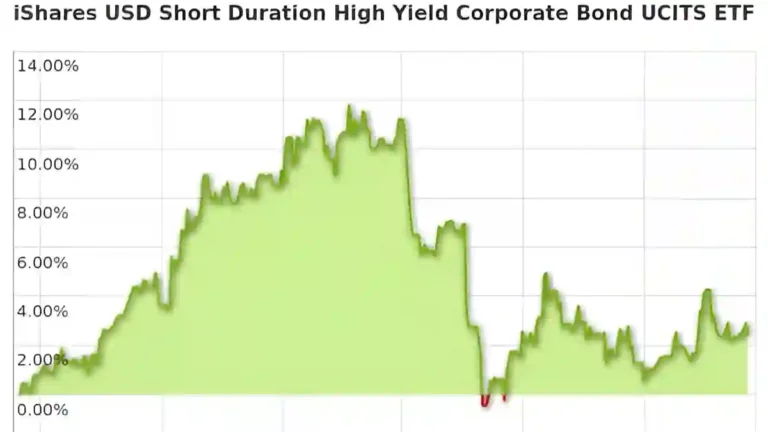Investors often look for steady income while keeping risk in check. Short duration high yield ETFs have become popular because they balance both needs. They offer higher returns than traditional bonds but carry less interest rate risk compared to long-term investments.
What is a Short Duration High Yield ETF?
A short duration high yield ETF is an exchange-traded fund that invests in bonds with lower credit ratings but shorter maturities. The bonds may be riskier, yet the short maturity period helps reduce exposure to big price swings.
These ETFs often hold bonds that mature in 1 to 5 years. This shorter time frame makes them less sensitive to rising interest rates. Investors get the chance to earn better yields while avoiding the long wait for returns.
Why Investors Choose Them
One main reason is income stability. Traditional high yield bonds can drop in value if interest rates rise. But short duration bonds usually hold their price better.
Another reason is diversification. Instead of buying a single risky bond, the ETF spreads money across many issuers. This helps balance the overall risk.
Benefits of Short Duration High Yield ETFs
1. Lower interest rate risk
Since the bonds mature quickly, their prices do not react as sharply to rate hikes.
2. Higher income potential
They offer better yields compared to government or investment-grade short-term bonds.
3. Liquidity and flexibility
Being ETFs, they trade on stock exchanges, so investors can buy and sell during market hours with ease.
Risks to Keep in Mind
While they are less sensitive to interest rate changes, they still carry credit risk. That means if companies issuing the bonds face trouble, the ETF value may fall.
Another factor is economic cycles. In times of economic slowdown, high yield bonds can lose value faster. So, these ETFs may not suit investors who want total safety.
Who Should Consider These ETFs?
These funds work well for investors who want:
- Regular income with moderate risk
- A way to diversify fixed income portfolios
- A buffer against interest rate changes
They are not the right fit for someone looking for very safe investments like Treasury bills or bank CDs.
Examples of Popular Short Duration High Yield ETFs
- SPDR Bloomberg Short Term High Yield Bond ETF (SJNK)
- iShares 0-5 Year High Yield Corporate Bond ETF (SHYG)
- PIMCO 0-5 Year High Yield Corporate Bond Index ETF (HYS)
These funds have strong trading volumes and are widely used by U.S. investors.
Final Thoughts
Short duration high yield ETFs offer a middle path. They combine higher returns with lower interest rate risk compared to traditional long-term high yield bonds. However, investors should still consider their credit risk exposure before investing.
Used wisely, they can play a key role in balancing a portfolio and generating steady income.
FAQs on Short Duration High Yield ETFs
Q1: Are short duration high yield ETFs safe?
They are safer than long-term high yield bonds but still carry credit risk.
Q2: How are they different from normal high yield ETFs?
The main difference is the shorter maturity period, which makes them less affected by interest rate changes.
Q3: Can I use them for monthly income?
Yes, most pay monthly dividends based on the interest earned from the bonds.
Q4: Do they lose value in a recession?
Yes, since companies with lower ratings are more likely to face defaults during economic downturns.
Q5: What is the average yield?
The yield changes with market conditions, but they usually offer higher income than investment-grade bond ETFs.
Hi, I’m Harmeet Singh, a content creator with over 8 years of experience helping South African job seekers find opportunities through SEO-optimised, easy-to-read articles. I specialise in writing about local job markets, learnerships, and internships that empower readers to make informed decisions. My work has been featured on @govtmuncipalityvacancies. When I’m not writing, I enjoy exploring new digital marketing trends and mentoring new writers. Let’s connect!
